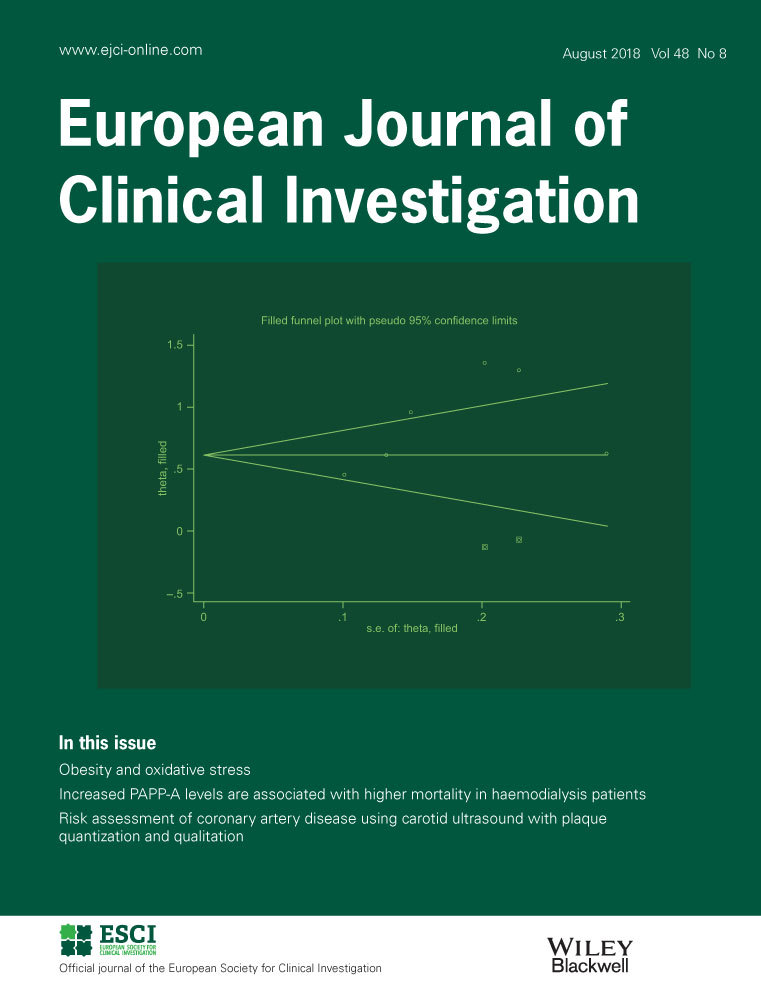Inflammation in atherosclerotic cardiovascular disease: From diagnosis to treatment
Abstract
Background
Targeting inflammation offers a unique possibility to address residual cardiovascular risk in almost two thirds of all patients with prevalent atherosclerotic cardiovascular disease (ASCVD). However, despite FDA approval and the ESC 2024 Guidelines for the Management of Chronic Coronary Syndrome recommendations to implement low-dose colchicine (0.5 mg daily) in the secondary prevention of ASCVD patients with residual inflammatory risk, its clinical adoption is still limited. In this regard, a simple screening for elevated high-sensitive C-reactive protein (hsCRP) on a routine basis might help to recognize low-grade inflammation as an important therapeutic target.
Results
Within the present review, we first provide recently published epidemiologic evidence that hsCRP is at least as strong a predictor of future ASCVD events as traditional lipoproteins. Furthermore, we summarize our recent knowledge on currently available strategies to modulate an inflammatory process in ASCVD and critically discuss still open issues regarding the benefit of colchicine therapy in the acute coronary setting or for stroke prevention. In addition, we also briefly touch upon some specific issues of safety related to the long-term use of colchicine. Finally, we discuss the next diagnostic and therapeutic frontiers in targeting residual inflammatory risk, such as detection of vascular/coronary inflammation by pericoronary fat attenuation or the use of ziltivekimab, a human monoclonal antibody targeting interleukin-6.
Conclusion
Thus, the integration of interventions aimed at lowering the inflammatory burden in combination with aggressive lipid-modifying therapy in secondary prevention may hold the potential to further reduce the still substantial burden of ASCVD.

 求助内容:
求助内容: 应助结果提醒方式:
应助结果提醒方式:


